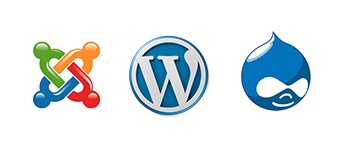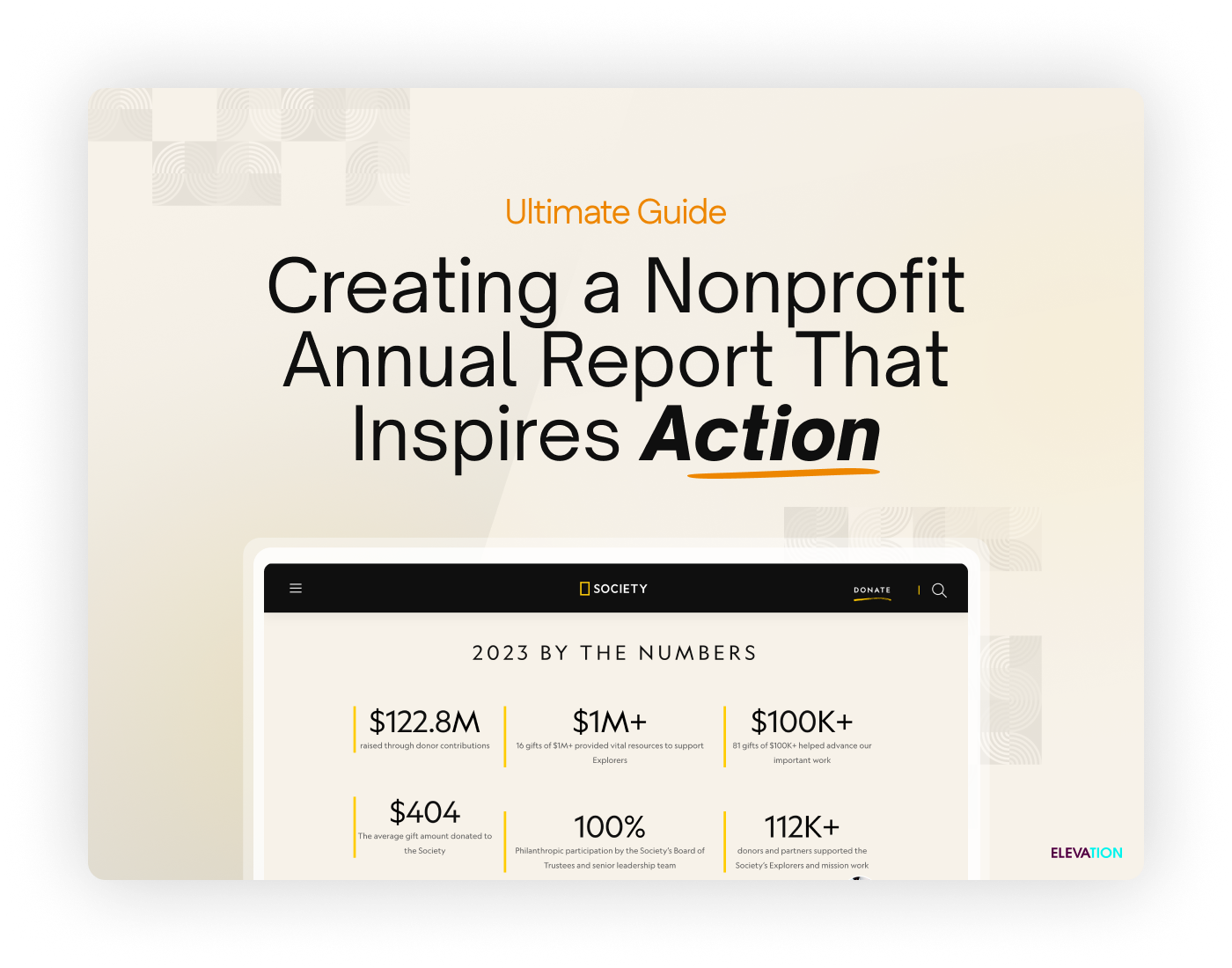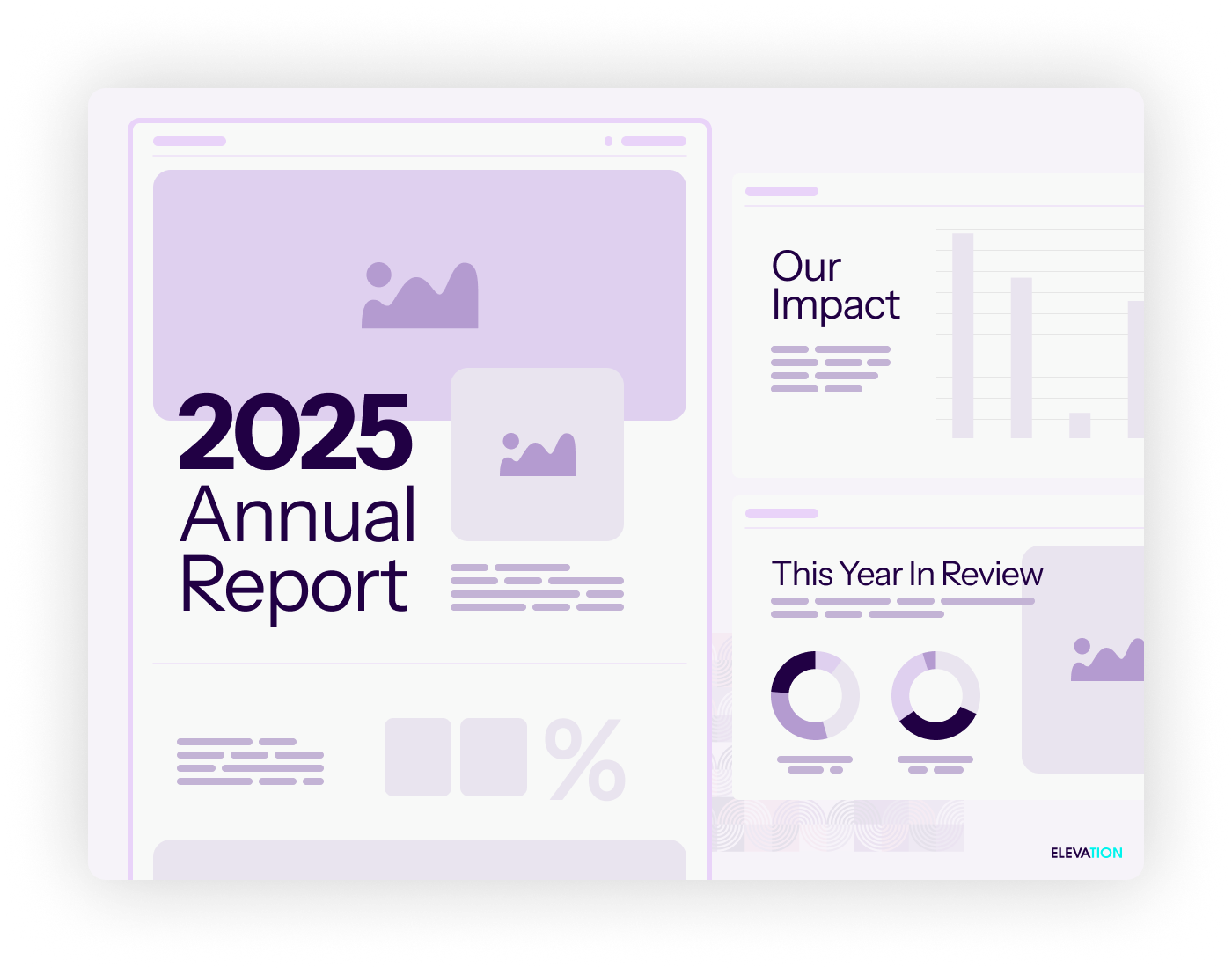The dilemma over whether to use open source or propriety content management systems is one that many nonprofits have to face. But here at Elevation, we know what we like when it comes to content management systems, and we’re with open source all the way. That’s because, in our experience, open source provides the best solutions for nonprofits. We don’t want to blind you with technical jargon, so here’s a (hopefully) easy-to-understand 5-point summary of why we think open source generally suits nonprofits better than other systems. First things first though: what do open source and other key terms actually mean?
A content management system (CMS) refers to the system that your website is built upon, which allows you a range of functions including logging on, editing and managing content. OpenSource CMS refers to a platform built on code that is available for anyone to use and copy, and is often developed collaboratively. You have probably heard of some of the best-known open source systems, for instance WordPress, Joomla and Drupal.
Proprietary CMS refers to a platform that is built on privately held code that can only be developed at the discretion of the owner. Some web companies develop their own CMS to use with clients, but this means that typically only they can provide support, for which they normally charge a monthly fee. So that’s the difficult bit over. Time for the fun part. What makes open source a great option?
1. Open source gives you greater flexibility
The greatest benefit of open source, according to many of our clients, is that it doesn’t lock you in to working with just one web design company. What many nonprofits find is that if they opt for proprietary CMS, they are then compelled to carry on using the same company and are tied into the same monthly payment system. If they want to change to a different web company further down the line, they will have to start all over again from scratch, with a new company and a new CMS. That’s tough.
Of course some nonprofits are happy with the service they receive and stick with the same system and the same company, but many others find they are dissatisfied and want to change or, worse, the web company closes down, leaving them in the lurch. Open source can provide your organization with the freedom and the flexibility you crave, since many developers are adept at working with it.
2. Open source is constantly adapting
With such a large community of skilled developers working on open source, there is a constant stream of adaptations and improvements to the functionality of the CMS. This means open source CMS is highly adaptable and can offer you more. A lot of the features that you will need are already built into the system, including fixes to problems, which are flagged up by members of these very large communities.
Open source developers are constantly creating new features and plug-ins, meaning what you’re after probably already exists and you don’t have to develop it from scratch. If you’re looking for a contact form that suits your particular needs, for example, there is likely to already be a feature that suits the purposes of your nonprofit. That speeds up the design process, giving you more previous time to devote to worthwhile causes.
3. Open source allows your website to be unique
On a related note, because the largest open source systems like WordPress have so many developers from all over the world working on new features, templates and plugins, the number of options available to you is immense and constantly growing. This means it is easier to customize your nonprofit website, making it more unique.
We can advise you on which existing features will fulfill your needs. If you have a tight budget, we can help you to select a pre-existing template that will give you everything you need but for less money. If budget is less of a concern, you can build on existing templates to get the exact functionality you are seeking.
4. Open source can be secure
One of the biggest concerns about using open source for nonprofits is over security issues and you are probably right to question this, as cybercrime becomes more and more of an issue around the world. However there are effective ways of minimizing security risks with open source.For a start, you can ensure that your open source CMS is more secure by using passwords and keeping the system up-to-date. It is important to change passwords every so often. There are also many other options for boosting your security, by adding plugins or other security packages to your website, for instance.
5. Open source is compatible with other systems
Last but not least, it’s that all-important flexibility issue again. Since major open source systems command such a large community of users, the developers have tended to create ways of integrating your website with their system. This means that more often than not, your existing functions like donation applications can be streamlined efficiently into the open source system. Sometimes the same thing happens with proprietary systems too, but not always, because they are often small meaning the developers have not reached them.
Conclusion
For many clients, we have found that open source systems provide all that nonprofits want and more. They often provide greater functionality at a lower cost, and can be integrated into your website as it is. They also don’t tie you into those (sometimes punishing) regular payments, as some proprietary systems do. They may also involve less hassle for you, as they tend to be frequently adapted, so you don’t have to worry about those annoying bugs. What’s more, they can easily be customized to a range of functions, allowing your nonprofit website to shine, which is no doubt why you came to us in the first place.




